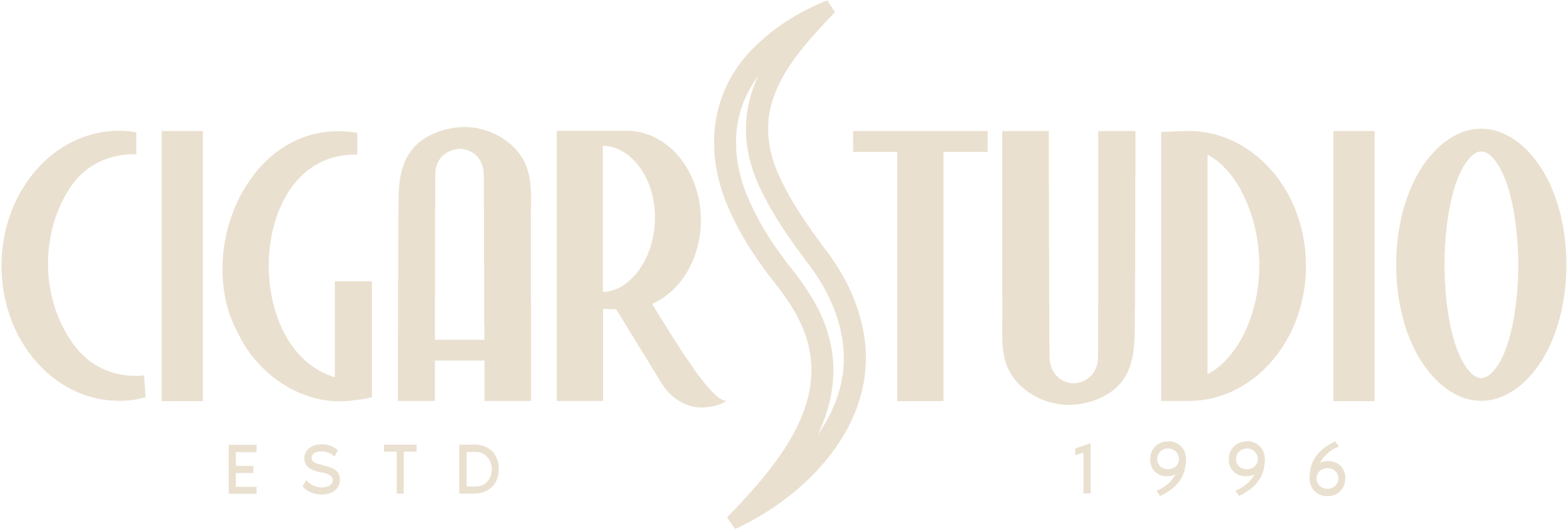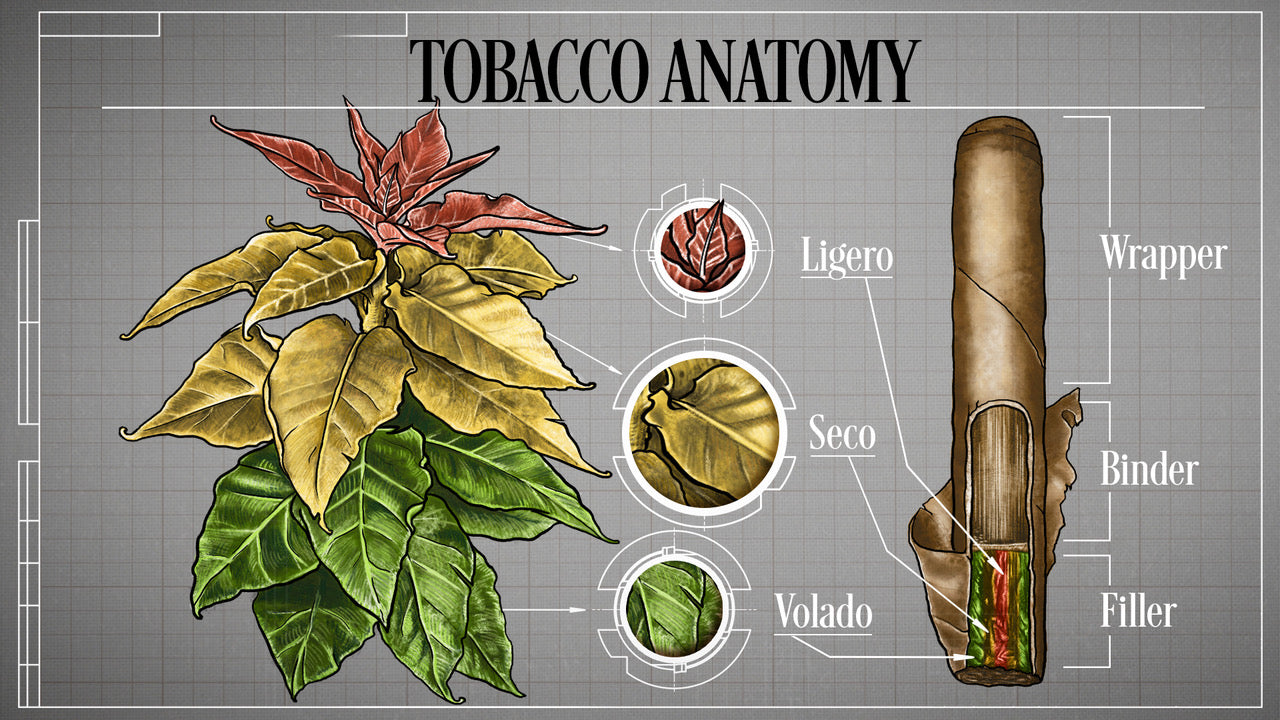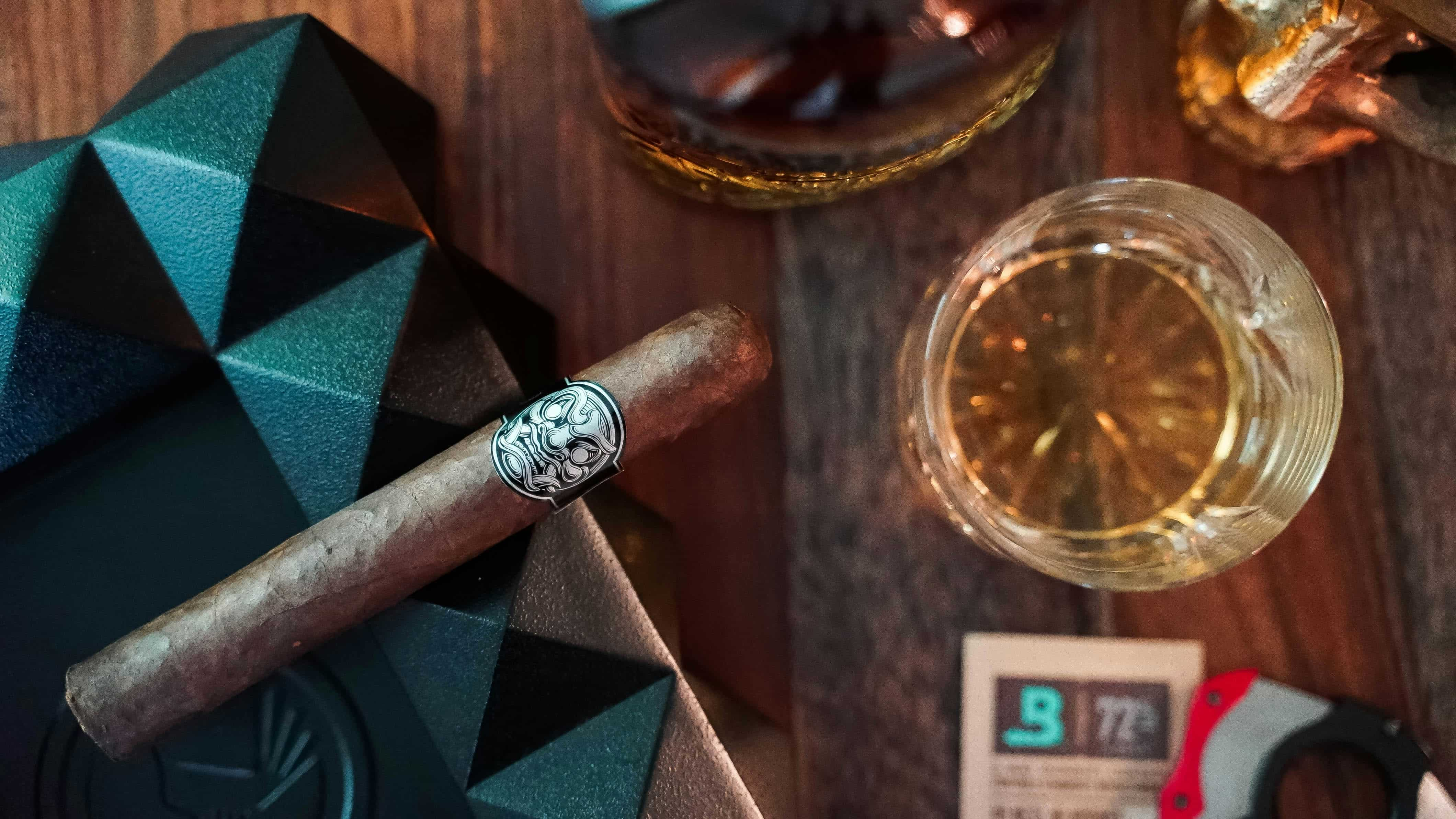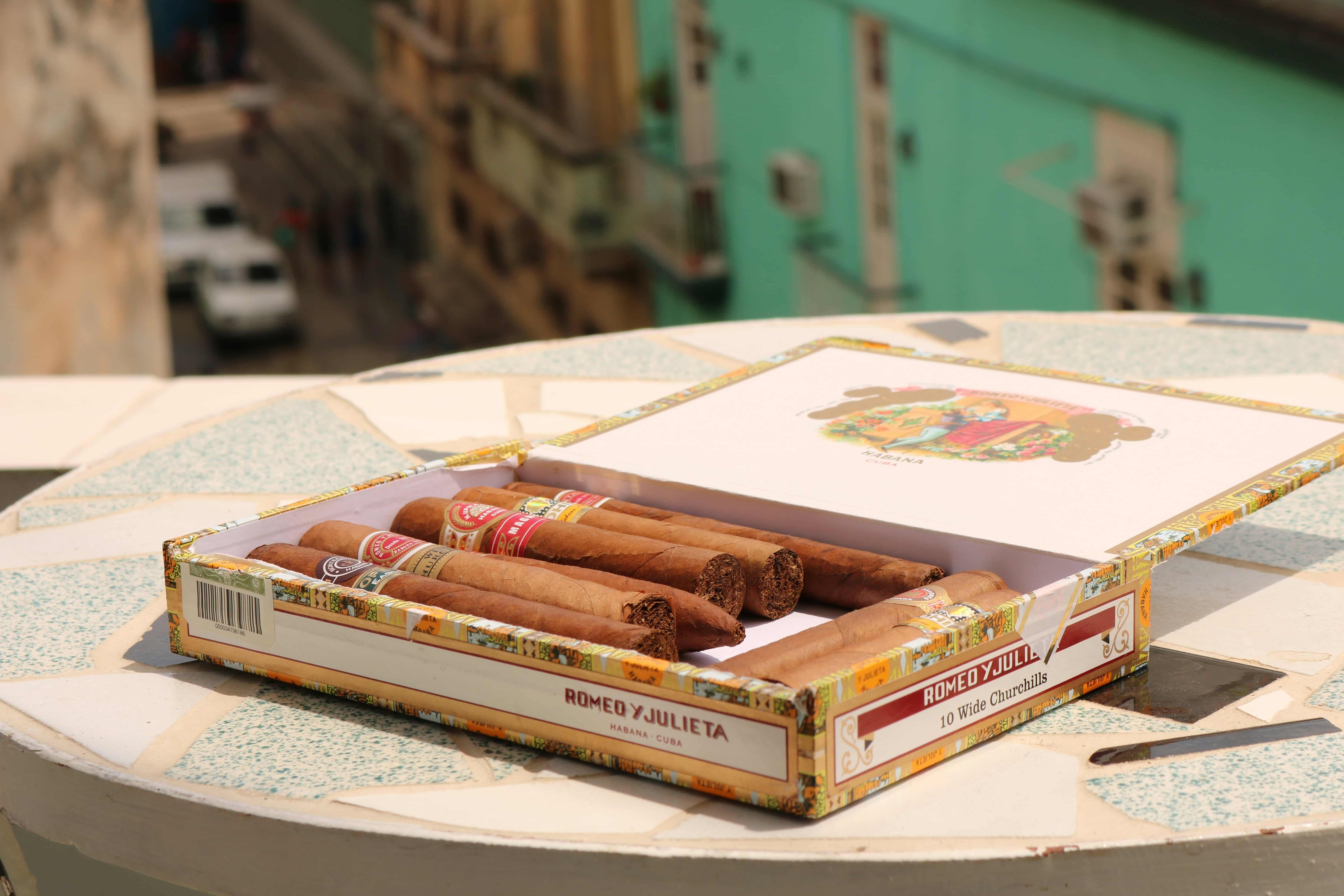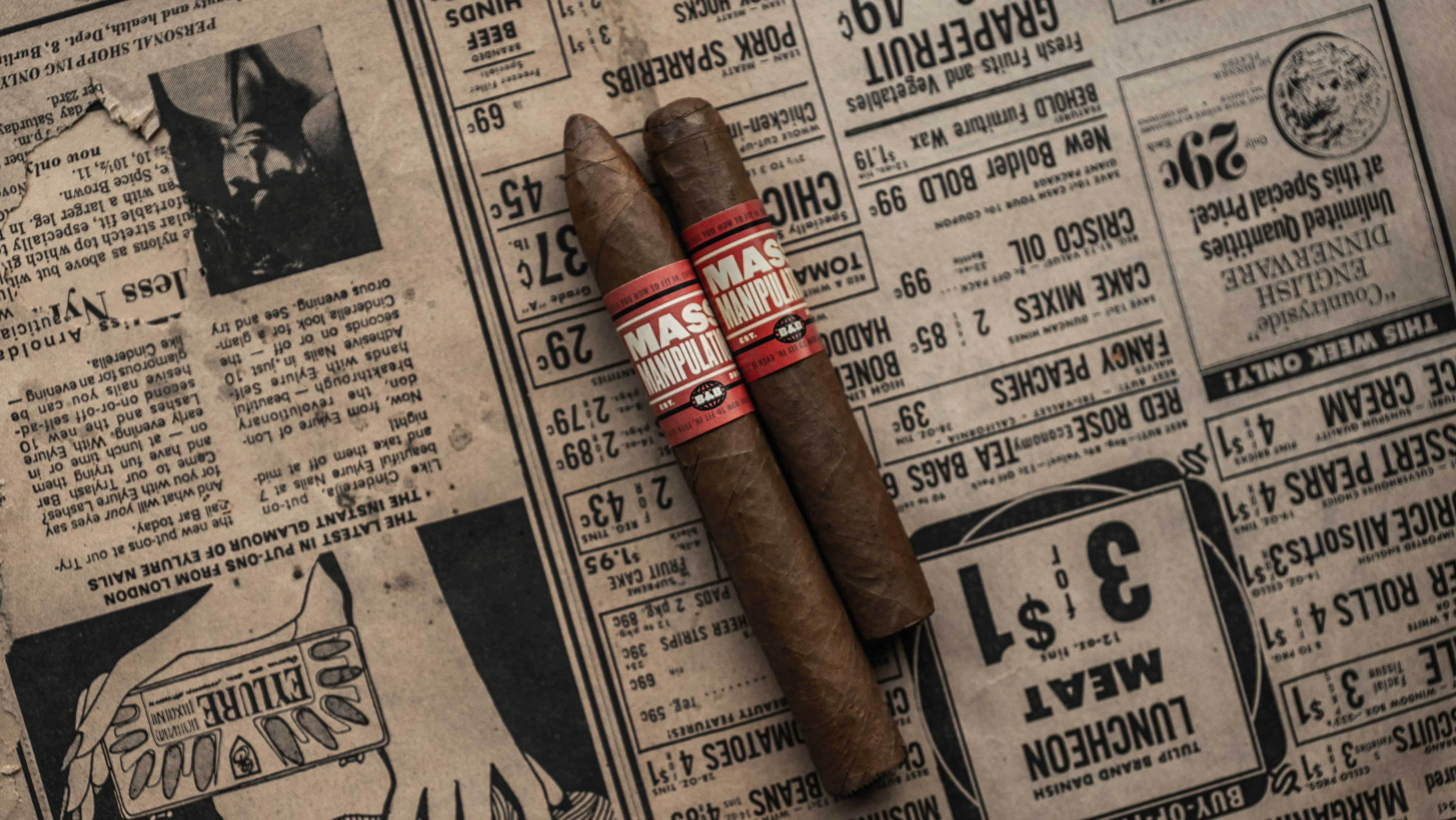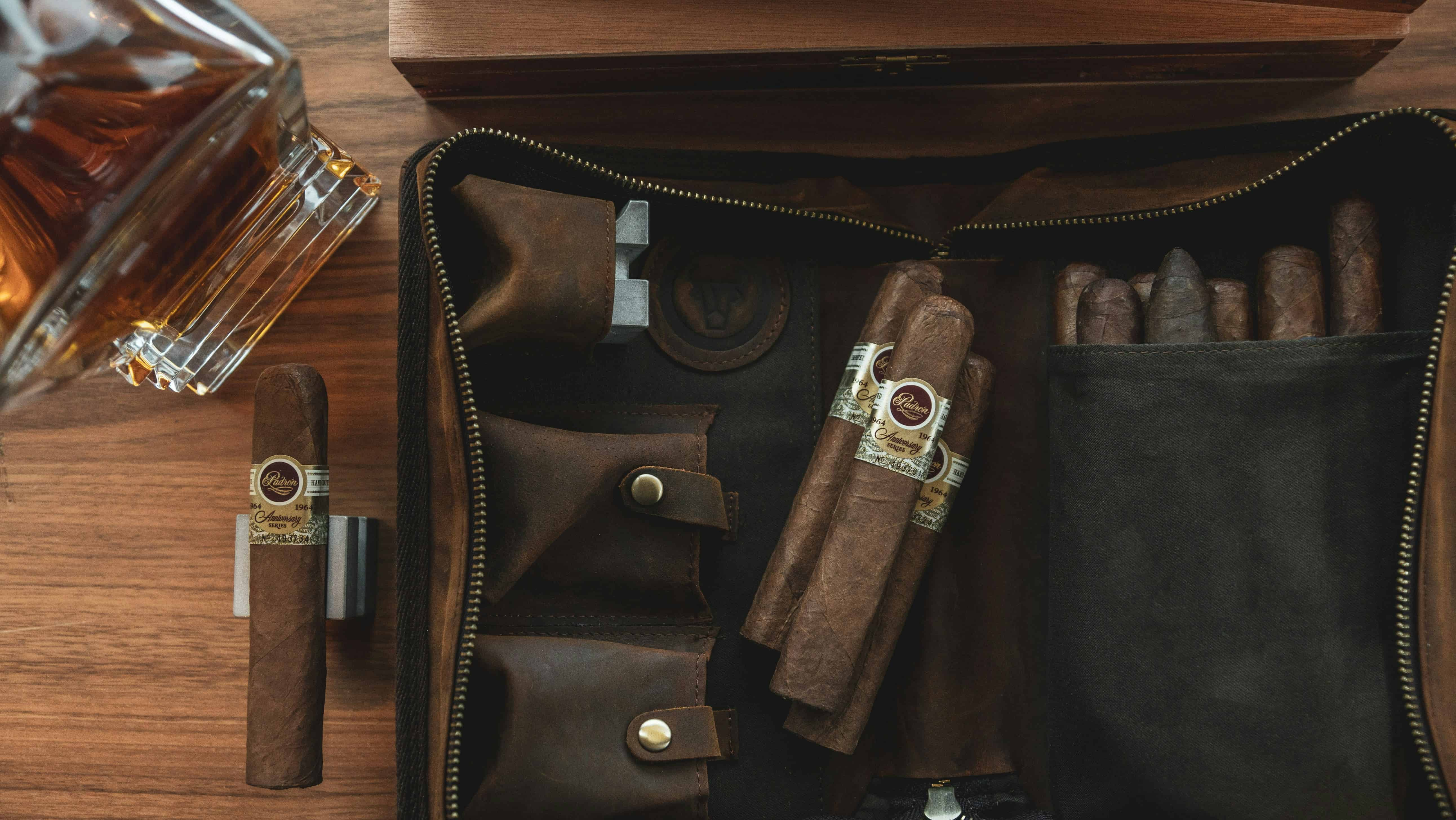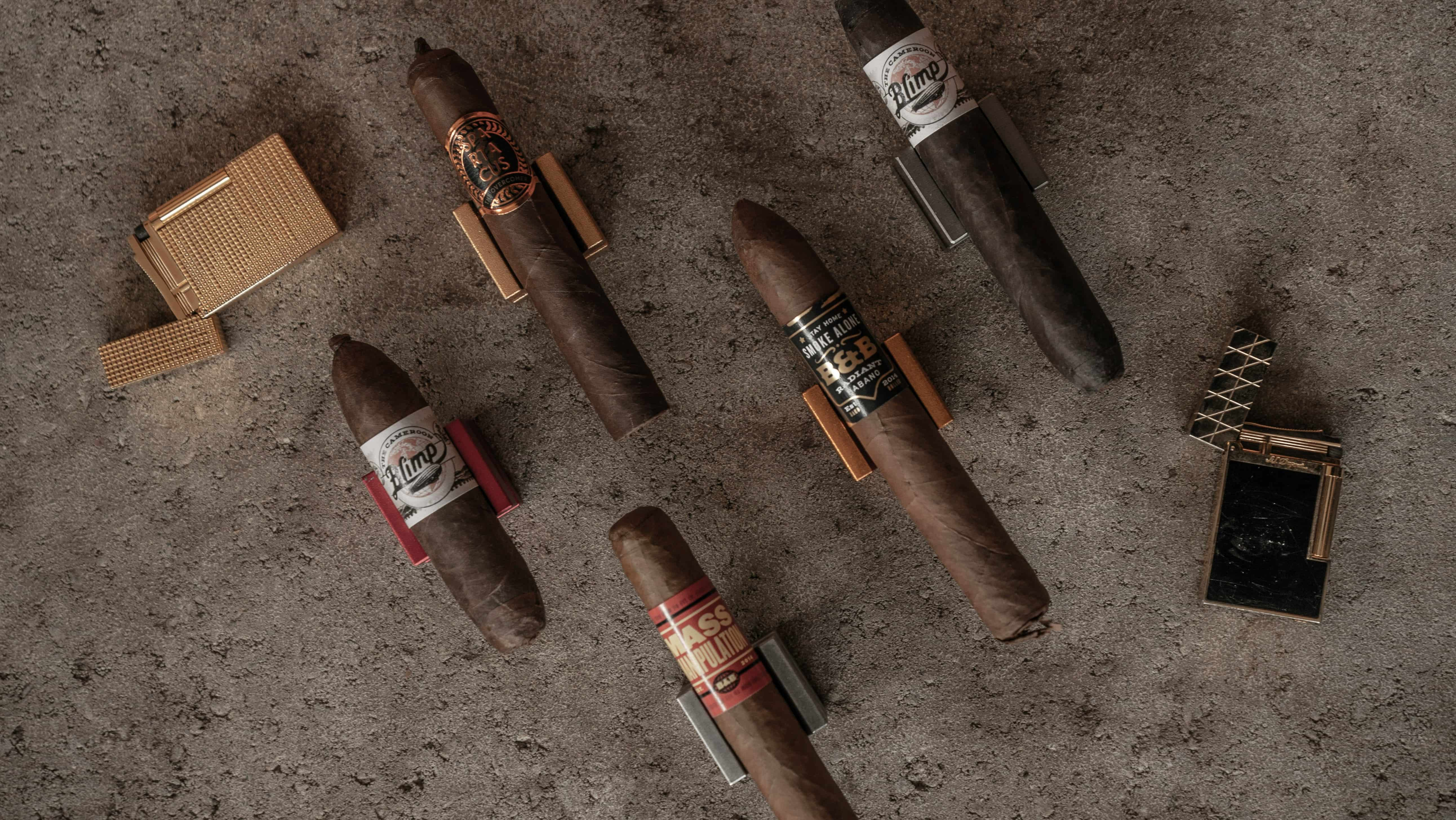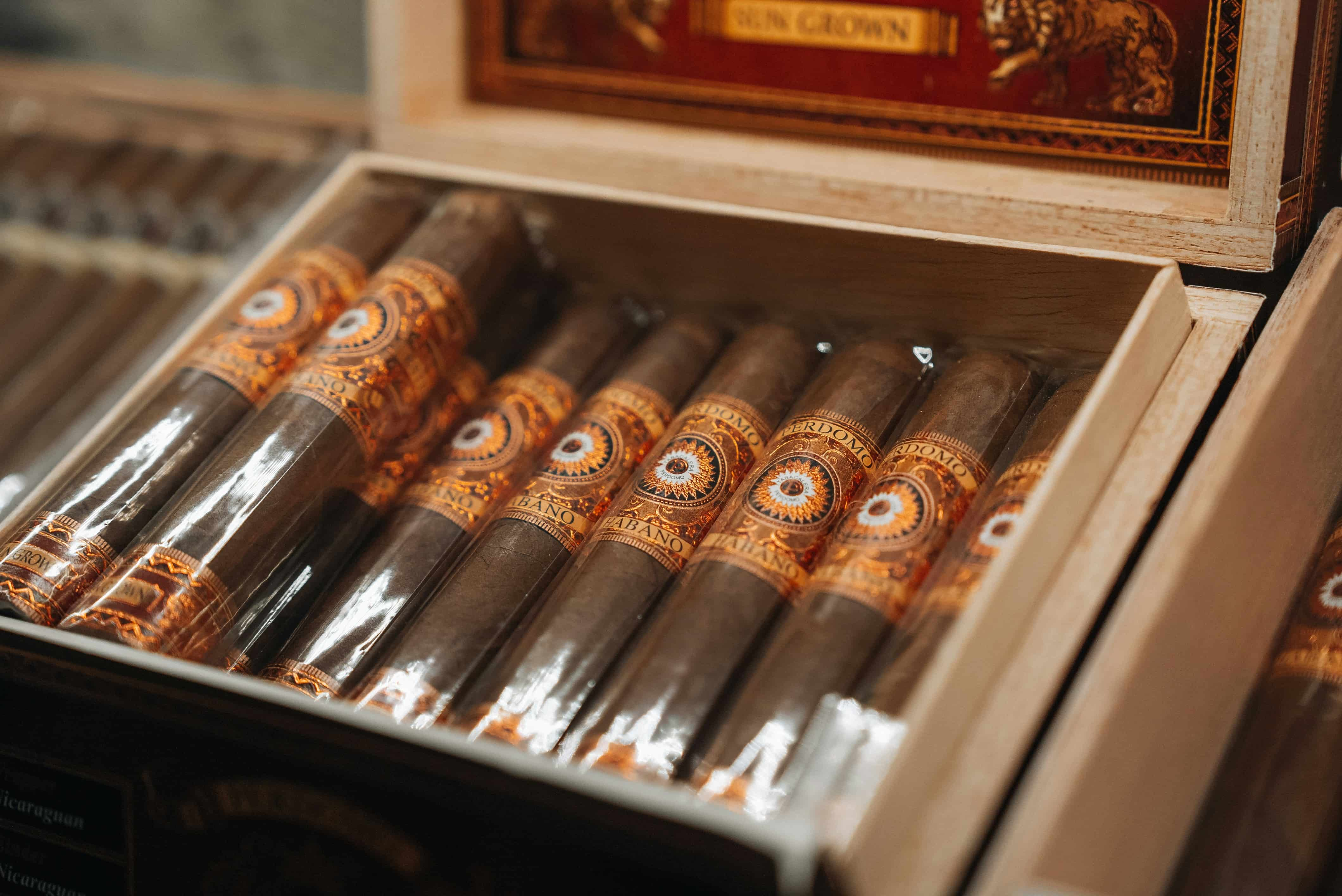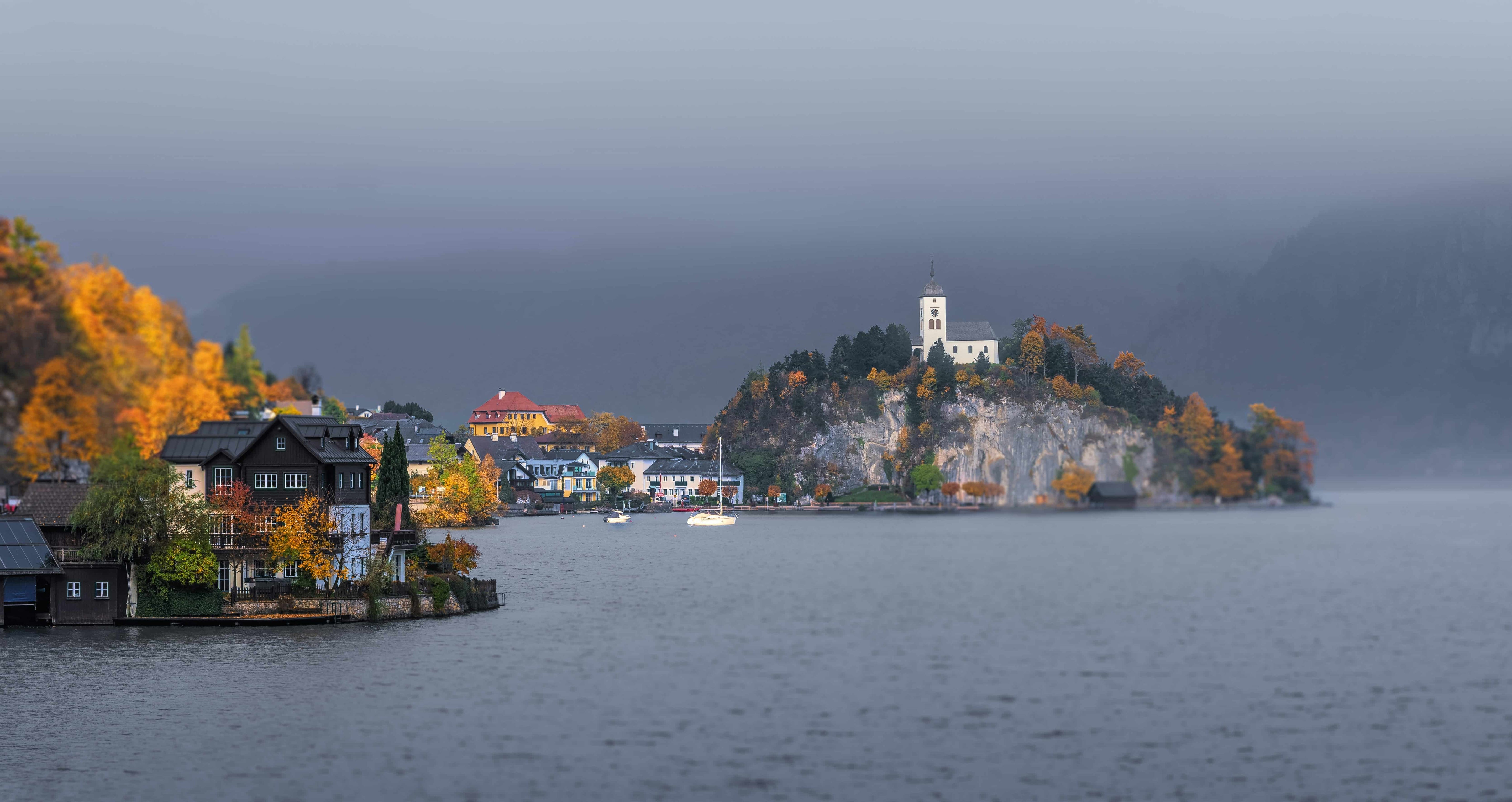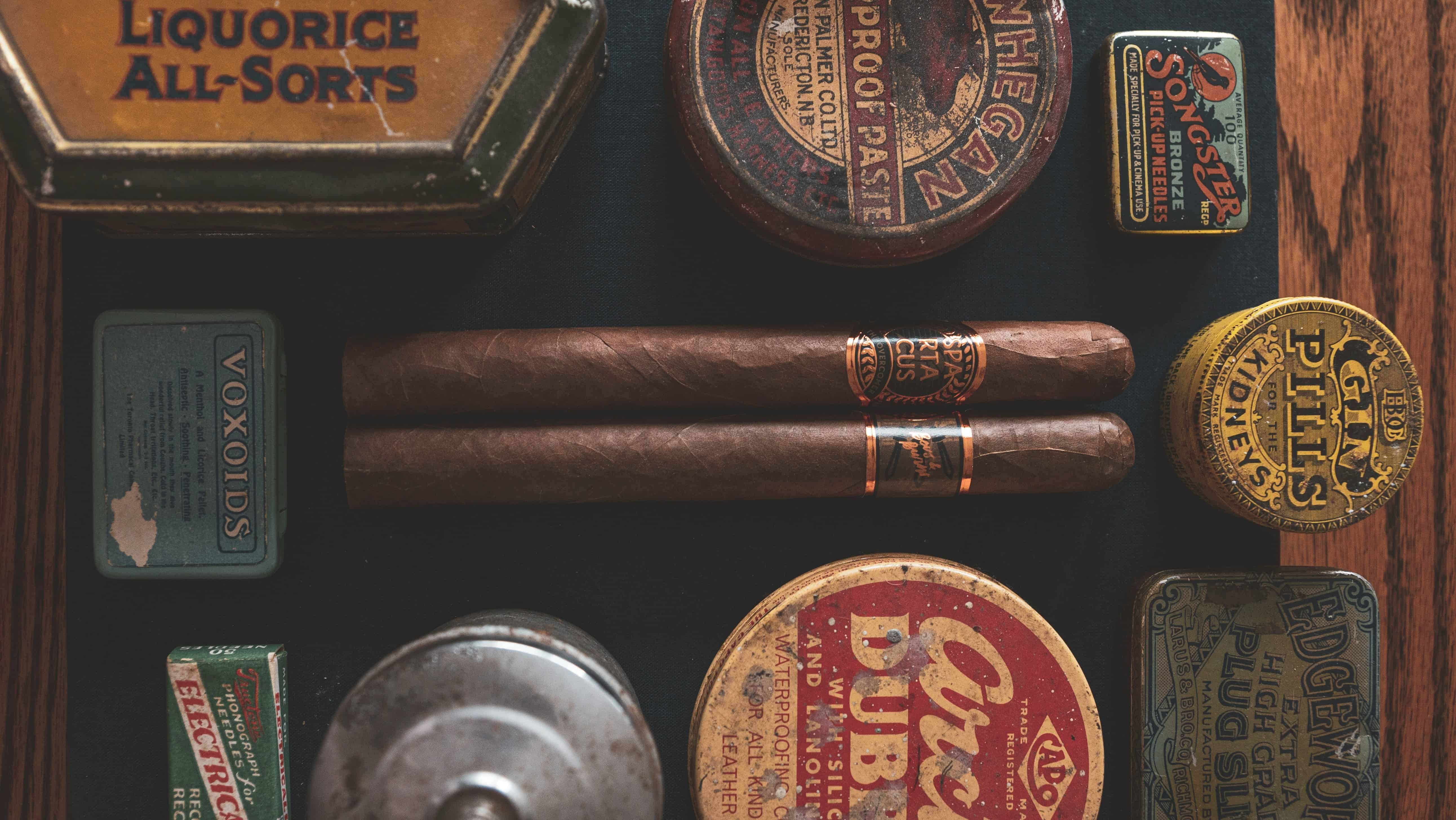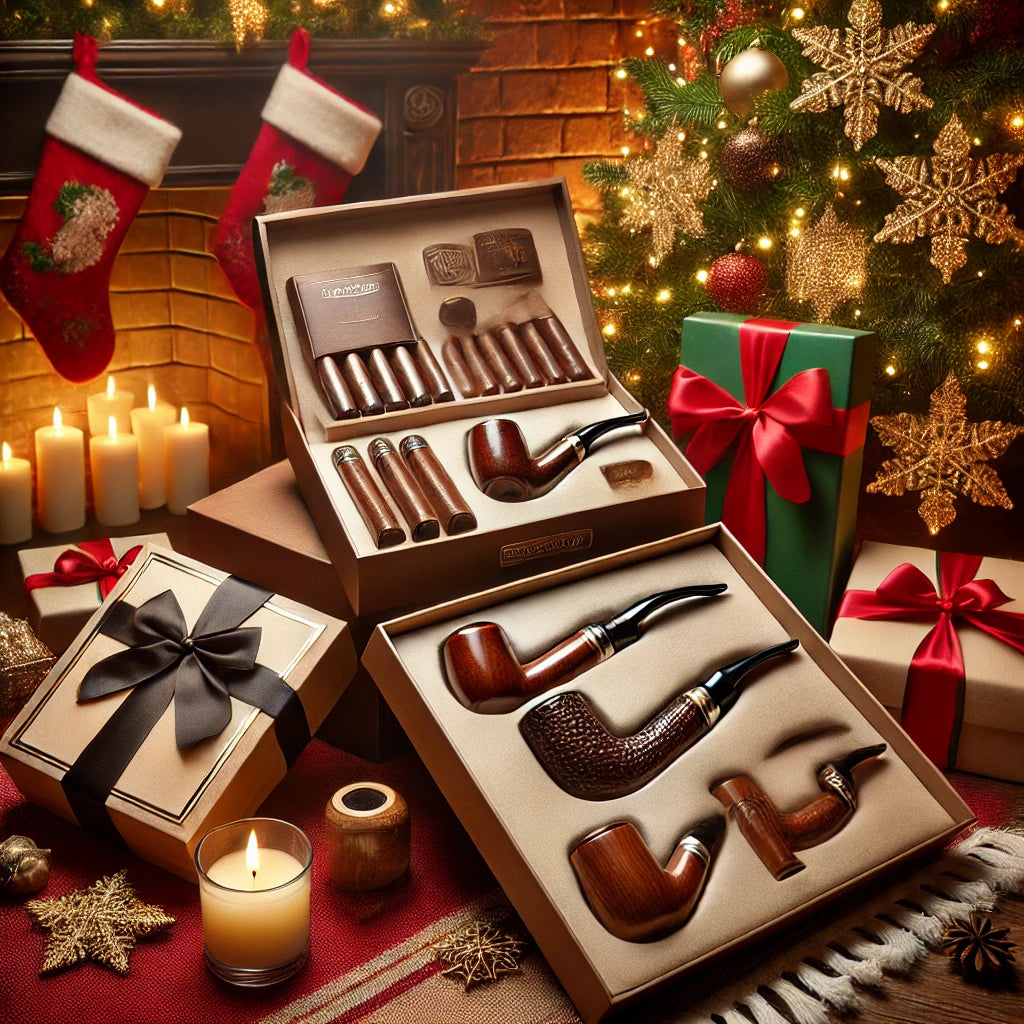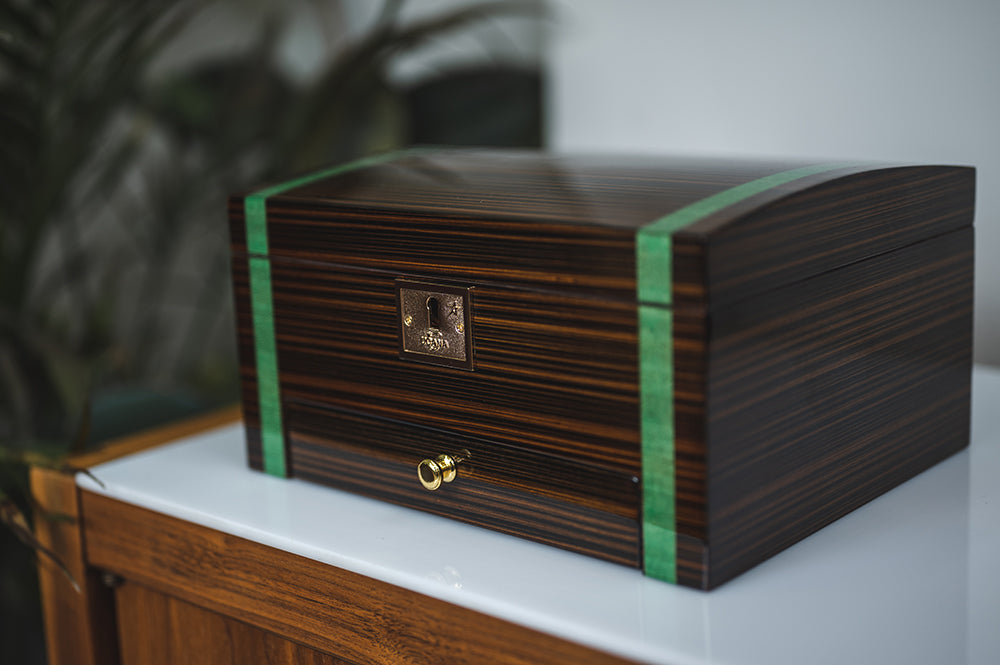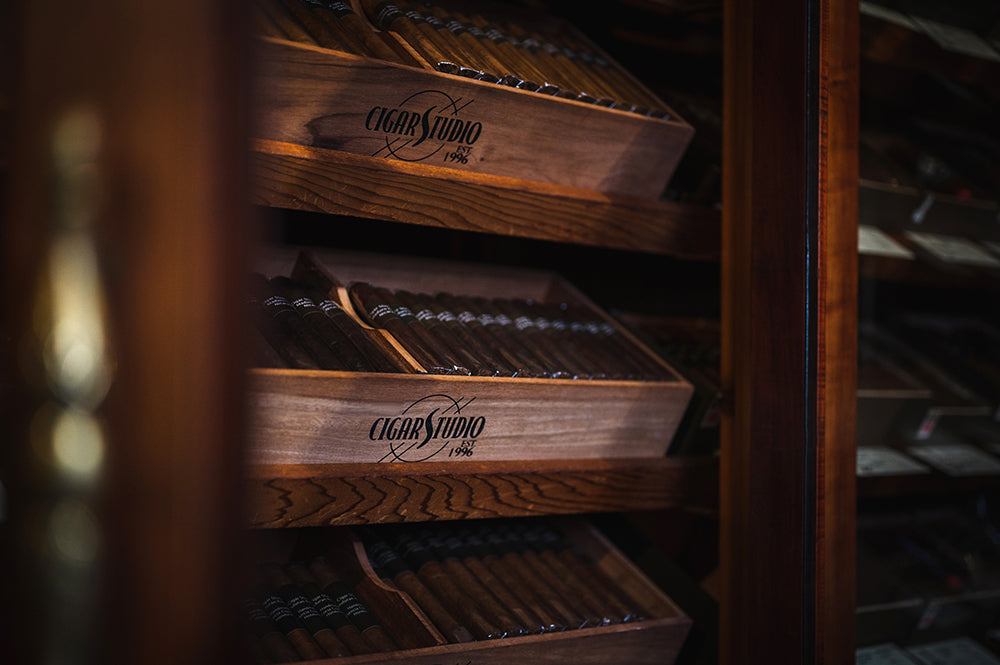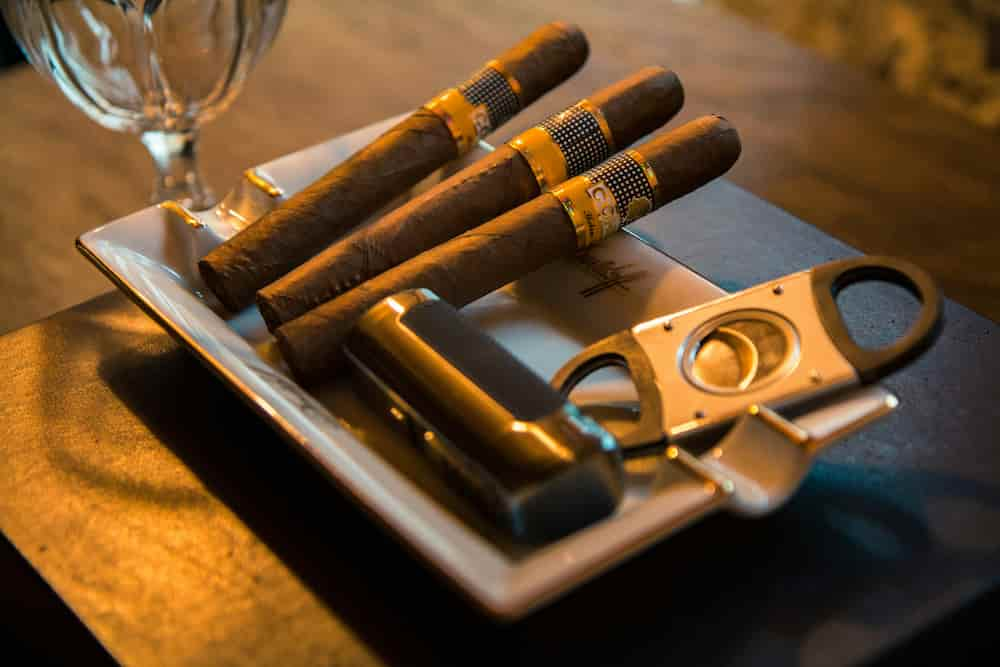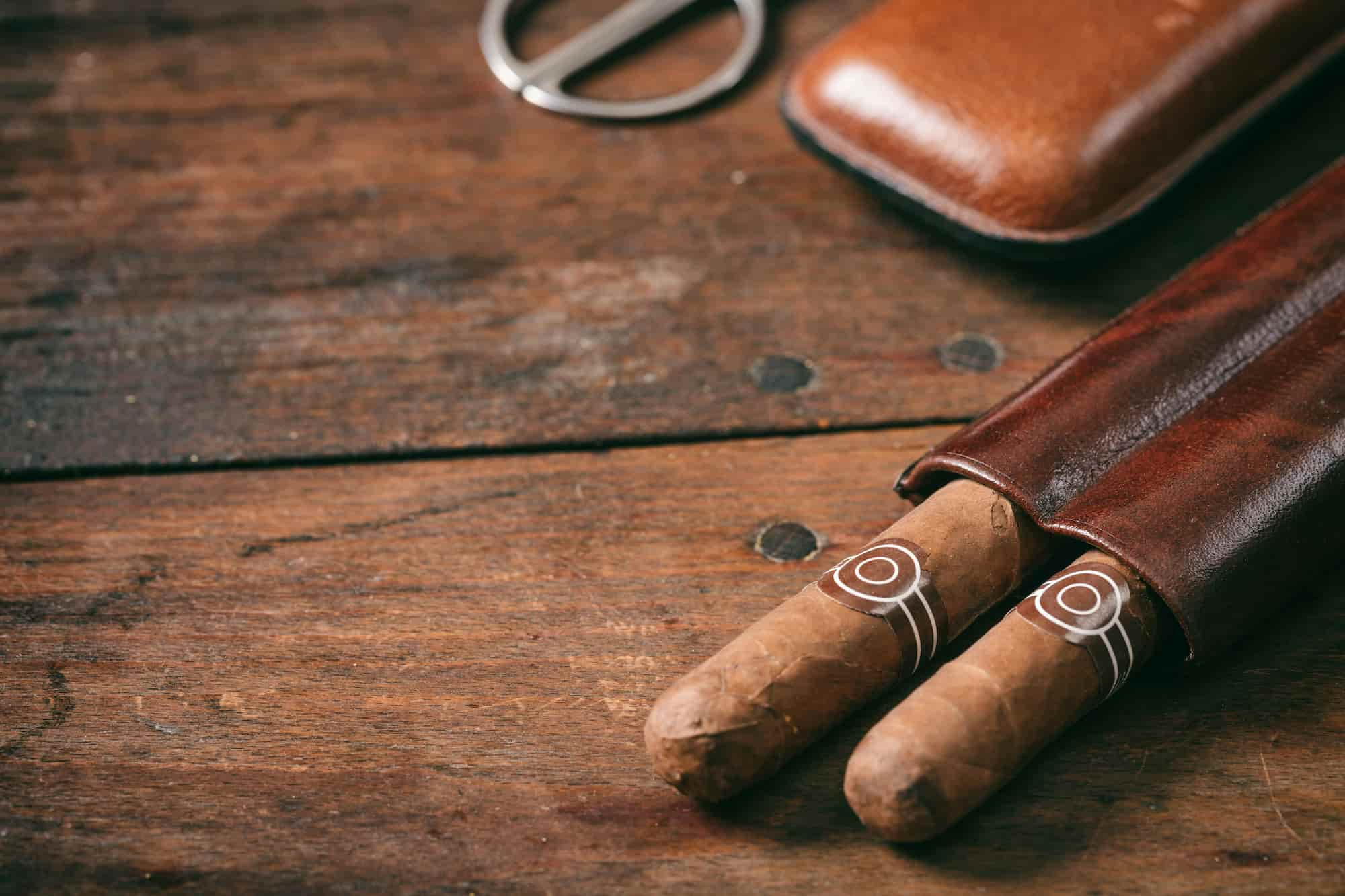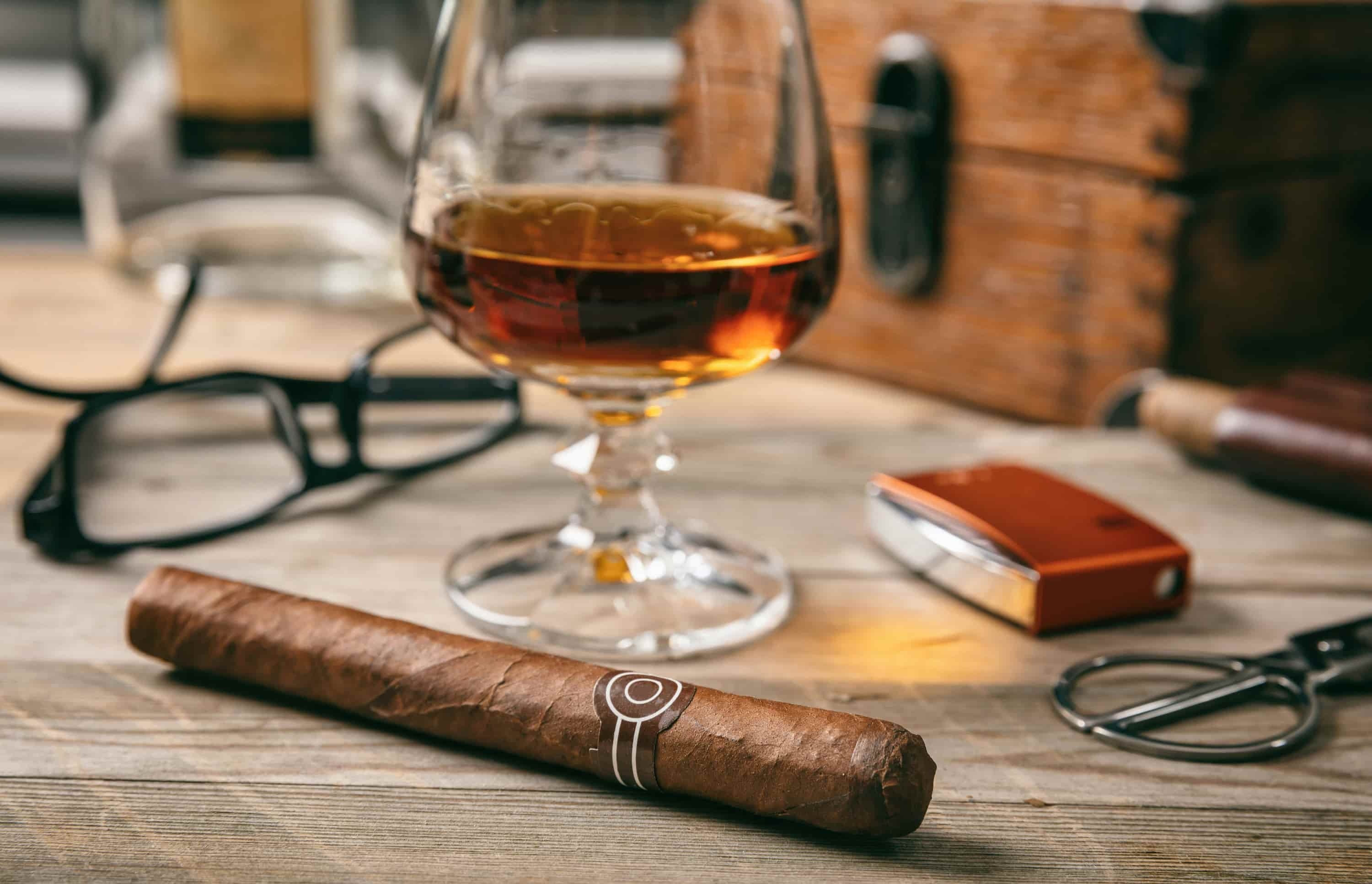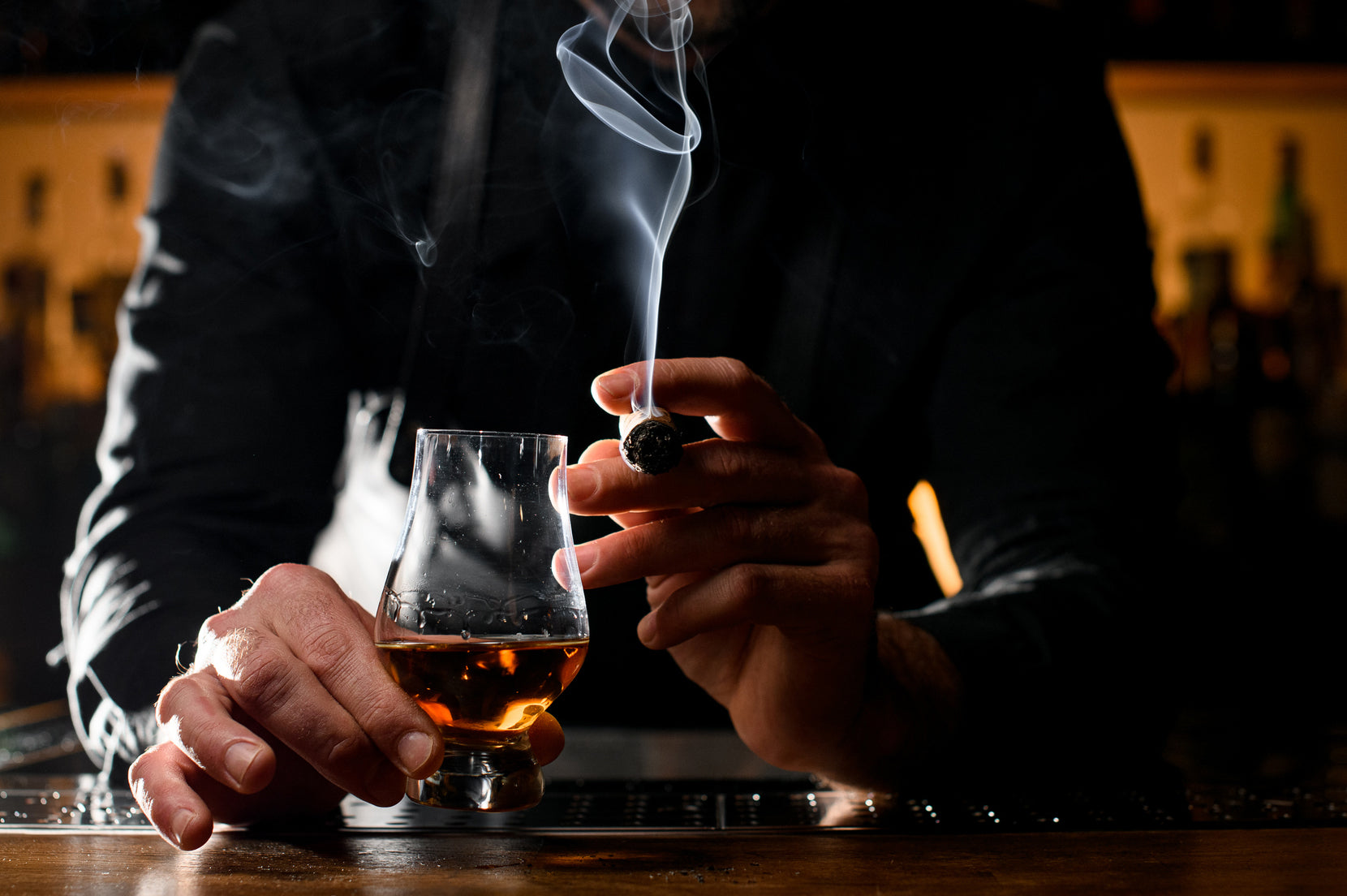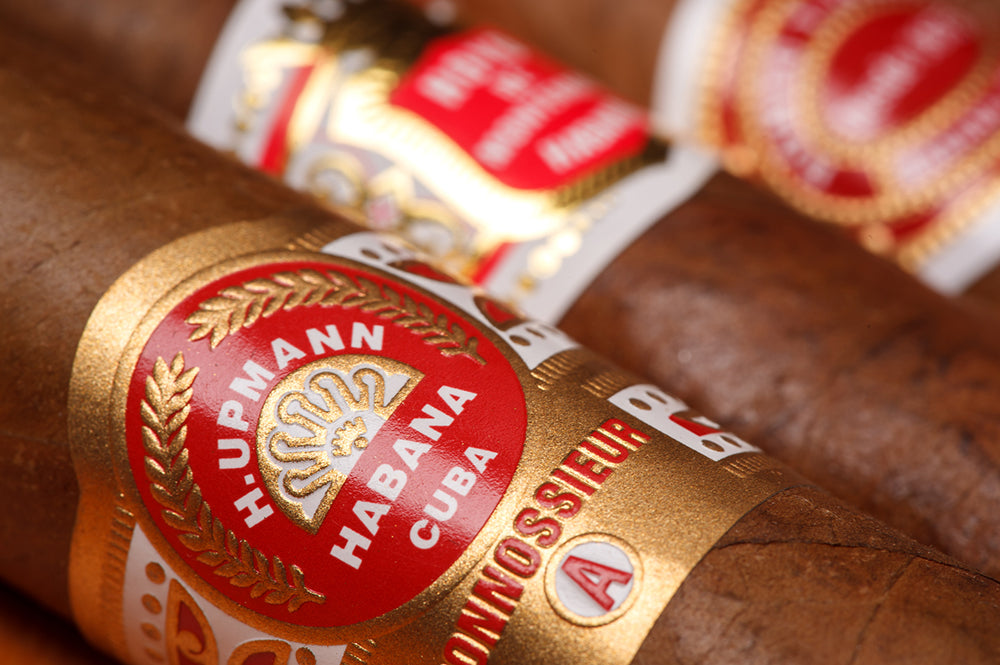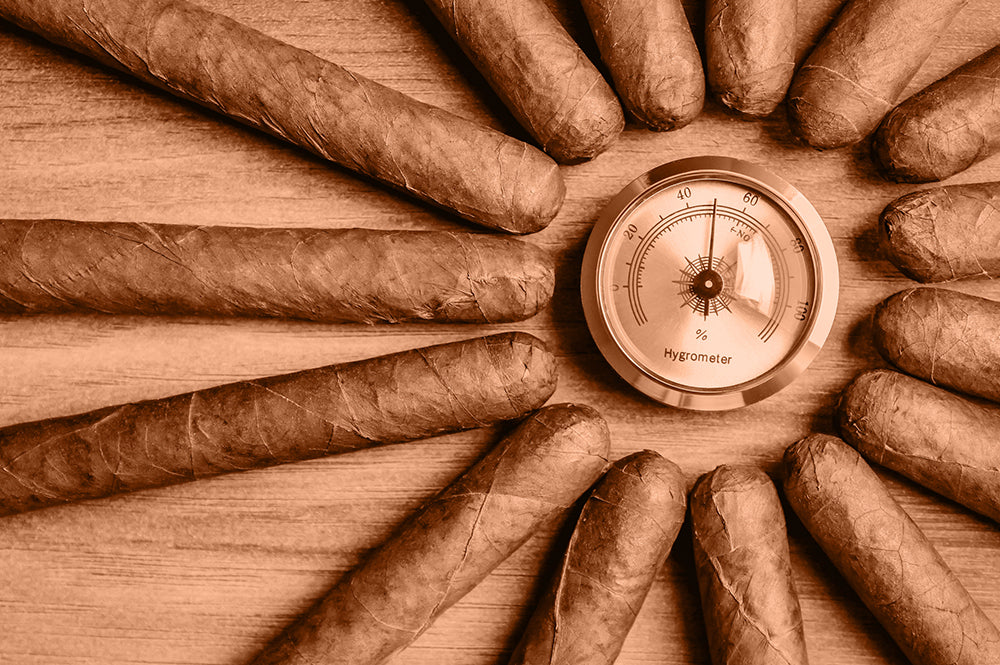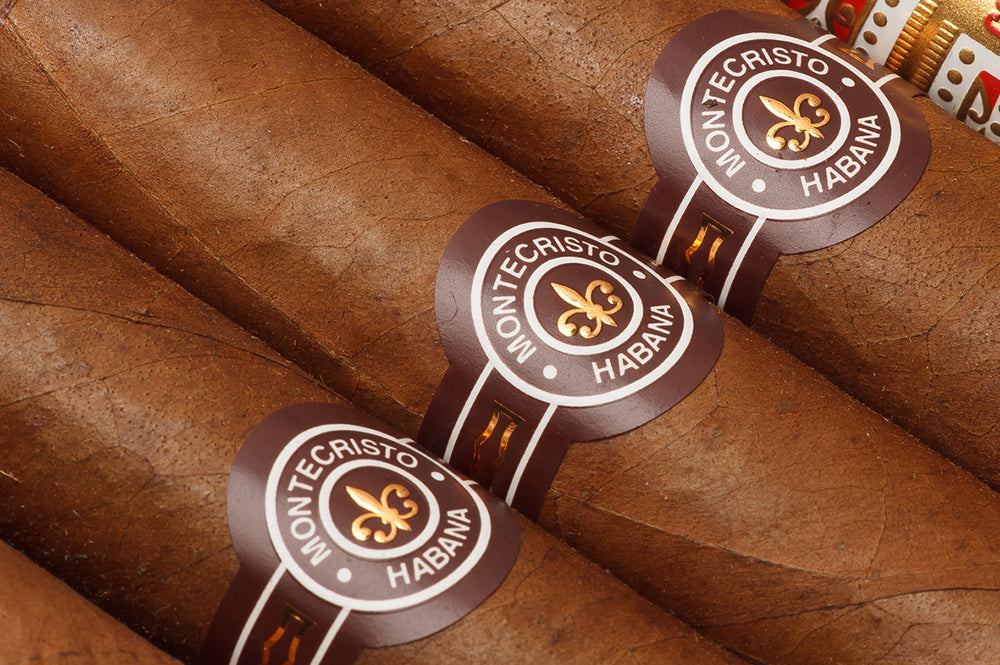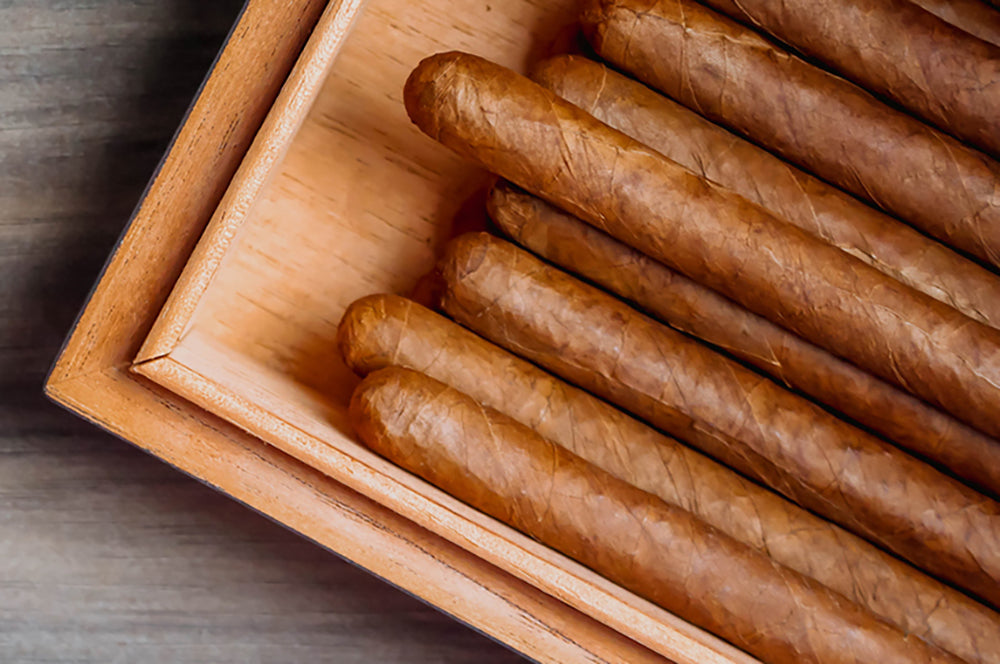As introduced in Part 1, The Cigar Studio Tobacco School is a group of short tutorials we are putting together to help you get a better understanding of important tobacco and cigar “tidbits”. While one might call these tutorials Version 1.0 for Novice Smokers, they are also intended to help experienced smokers learn something they did not know. Our view on cigar education is that new smokers will learn, seasoned smokers will grow.
Part 2 – How Tobacco Is Used in a Cigar
Before moving on to describe how these tobaccos are used when making a cigar, there are a few key steps involved to get those leaves ready for cigar production; Aging, Curing and Fermenting the Tobacco Leaves. We covered these topics in our December , 2021 Blog. I mention it here as it is during these stages that the tobacco begins to be sorted into their final uses as one of three main components of a cigar, the wrapper, binder and filler.
Let’s start with the tobaccos that are in the middle part of a cigar, that you cannot really see and move from the center to the outer leaf.

The Filler – The majority of a cigar’s tobacco is filler and this is the tobacco which will contribute most to whether it is a mild, medium or strong cigar (not to be mistaken for flavor which we will get to in a moment). As the name suggests, a well blended cigar will have a selection of properly cured, aged and fermented Velado, Seco and Ligero tobaccos. Almost all cigar blends will have a center of Ligero leaves (for strength), bundled inside seco (for aroma and some strength) and Velado for an even burn. Ligero is always in the middle of a cigar since it’s the slowest to burn. Mild cigars (Macanudo Café Hyde park), have very little Ligero in them while strong cigars (Partagas Serie D #4) will have 1-2 Ligero leaves. Depending on the blend, cigars can feature any combination of these tobaccos in the filler.
The Binder – The only purpose of the binder is to hold/bind the contents of the filler tobacco together. It is a course, rough leaf often using seco or velado tobacco. Blenders rarely use binder leaves as a driver of the flavor or strength they want in their cigars, they simply hold everything together. When a binder leaf is wrapped around filler leaves, the end product is called a bunch, and it is ready for the last stage of the cigar rolling process.
The Wrapper – This is the outer leaf that is put on a cigar and is the last step in the production process. Extremely important to a cigar’s advertising and in store product knowledge – at Cigar Studio, we often begin our description of a cigar with its wrapper. It is the most expensive leaf used in a cigar and is the only one that is supposed to be seen which means its appearance is important. Most cigar wrappers are thin and delicate leaf with few visible blemishes and veins. (exception is maduro wrappers). Because of this, Ligero tobacco is never used as wrapper as it’s too thick and coarse. So most of the time, wrapper come from the Seco priming’s of the plant.
More importantly, it also provides the majority of a cigar’s flavor and in the case of thinner cigars, its strength. On a thick cigar, the ratio of wrapper to the bunch is small, thereby providing comparatively less strength and flavor to say a thin cigar where that ratio is much bigger. To simplify, the thinner the cigar the more dominate the wrapper is to flavor and strength. I learned this the hard way when I smoked my first Opus X, the Petit Belicoso measuring only 40 ring gauge. My first puff almost knocked me out as that incredibly strong wrapper made famous by Fuente hit me like a truck and while I struggled through it, I was sweaty for an hour or so. A totally wrapper dominant cigar. Thankfully, that size is no longer available replaced by the slightly thicker Perfection No 4.
Perhaps this analogy may help. Think of a Bloody Mary. A tobacco leaf wrapper is to a cigar what tobasco or horseradish sauce is to that drink, and the Vodka is the filler. If your Bloody Mary has 4 oz of vodka in it, but no tobasco, that will be a strong drink without much spice on the finish/palate. (lots of vodka/ligero in the filler, a very mild wrapper). But put 5 shakes of tobasco or horseradish sauce in that exact same drink, you still have a strong drink but this time much of the flavor is coming from that tobasco and horseradish. (still lots of ligero in the filler but this time a stronger, more flavorful wrapper). Go the other way and make a Bloody Mary with 1.5 oz vodka, with no tobasco, it is a mild drink and fairly smooth. Again put 5 shakes of tobacco in it, it remains a mild drink but extremely spicy on the palate.
Wrappers come in a wide variety of strengths and colors. (Part 3 will cover this in detail). While wrapper color can initially serve as a hint of the cigar’s strength – lighter cigars can be viewed as milder, darker wrapper stronger- wrapper color is not the best indicator of a cigar’s strength. You can have a smooth shade grown wrapper on a mild cigar – the Macanudo Hyde Park or Flor D Copan Rothchild. Or you can put a smooth shade grown wrapper on a medium to full body cigar like the Perdomo 10th Anniversary Connecticut. Both these cigars offer a smooth finish on the palate but the former is mild while the latter is medium to full strength.
At the other end, you can put a dark maduro wrapper on a mild blended cigar – like the CAO Anniversary Maduro or a maduro wrapper on full body cigar like the Drew Estate Liga Pravada No 9. Both will offer a subtle semi sweet finish on the palate but the former is a mild cigar while the later a very full body cigar.

Stay tuned for Part 3 when we will review the various differences in cigar wrappers and how they impact the flavors and finish in a cigar.
